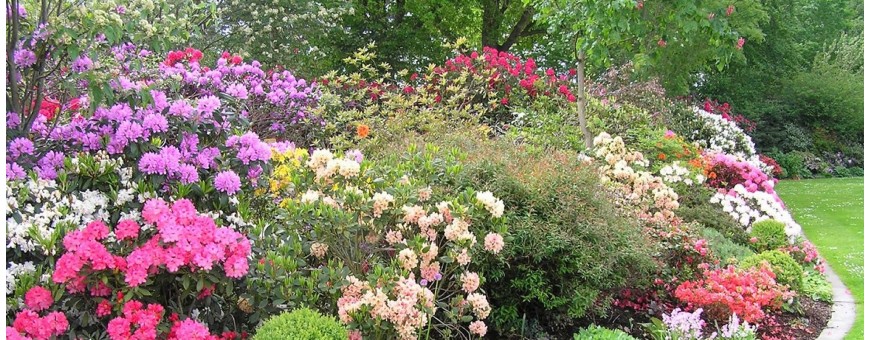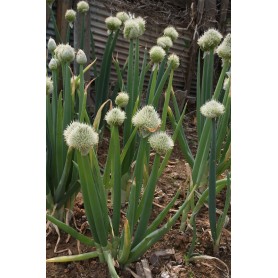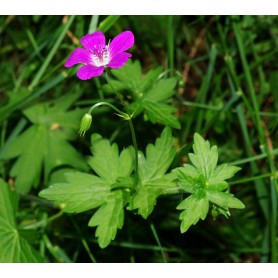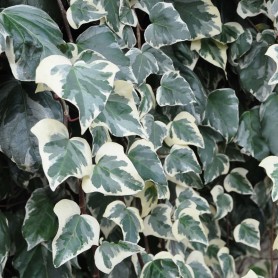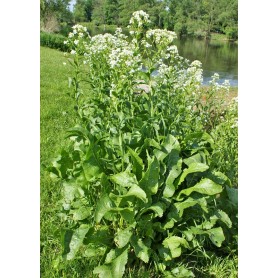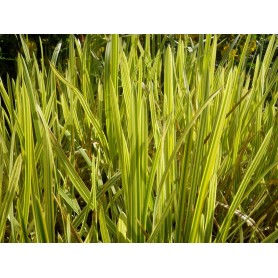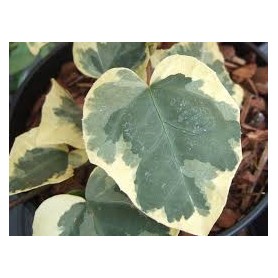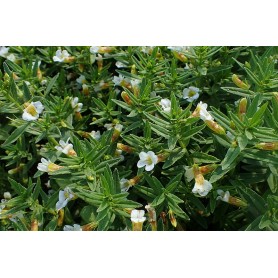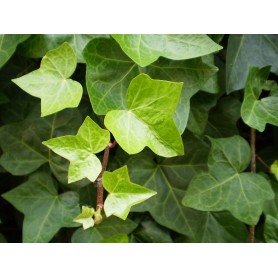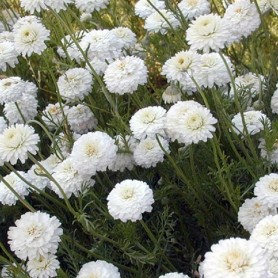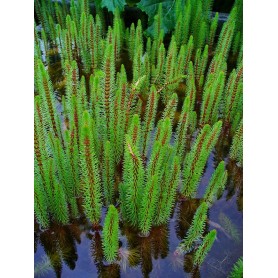Allium fistulosum
Allium fistulosum is a valuable aromatic ornamental onion for the border and rock garden with umbels of small green-white flowers.
It is a slow spreading bulbous plant that can also be grown as a vegetable with edible, upright, fine hollow, blue-green leaves and edible, white bulbs ready for harvest about 6-8 weeks after sowing.
Are sold per 4.
Price is for 4 pieces.
It is a slow spreading bulbous plant that can also be grown as a vegetable with edible, upright, fine hollow, blue-green leaves and edible, white bulbs ready for harvest about 6-8 weeks after sowing.
Are sold per 4.
Price is for 4 pieces.
€7.12


